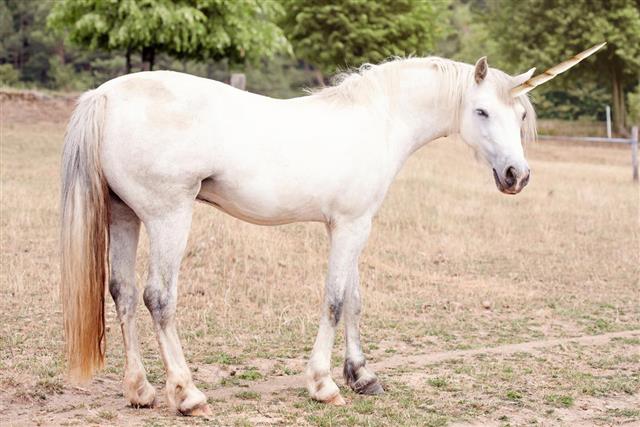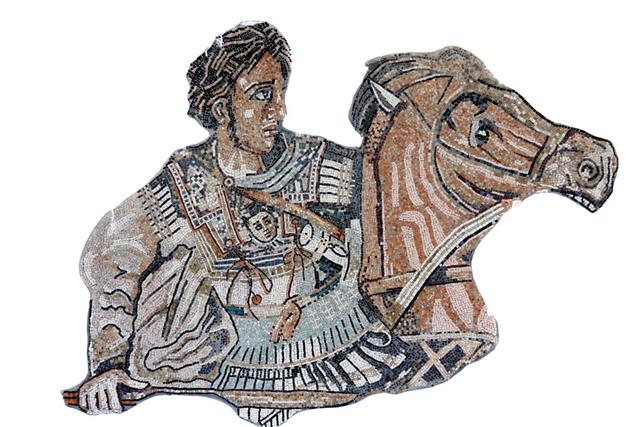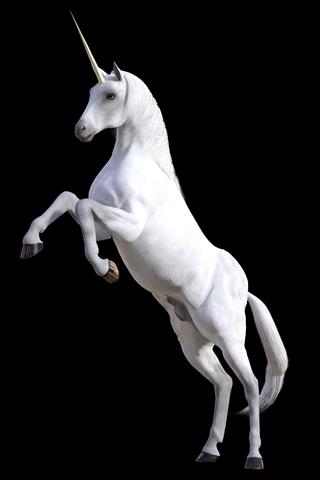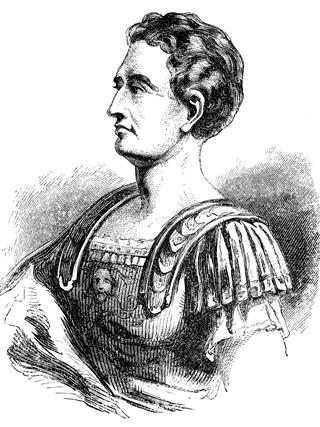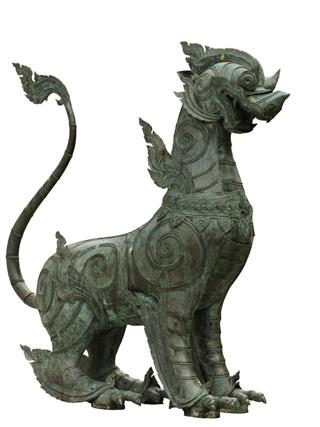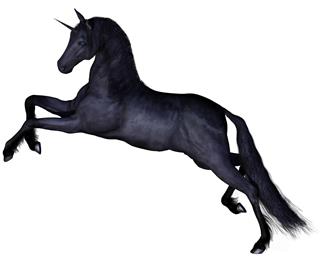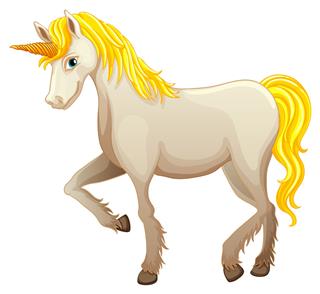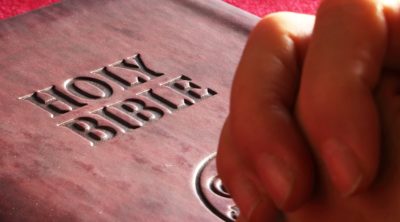
Unicorns have been represented in tapestries and paintings of many famous artists. There are many folklores and theories regarding the existence of a unicorn.
A unicorn is a mythical and legendary animal depicted as a beautiful horse with a single horn on its forehead. It is believed that a unicorn has the hind legs of an antelope, the beard of a goat and a tail of a lion.
A unicorn is a legendary animal mentioned in many of the Asian and European myths. Many scientists believe a unicorn could have been a distorted form of a rhinoceros.
There are many theories based on this magnificent beast. However, there were no records of it being captured by anyone. People of medieval ages believed a unicorn runs silently through the forest and is a savage animal. However, a virgin could tame it. Hence, a unicorn is mainly associated with Virgin Mary.
There is also a belief, if the horn of a unicorn were placed on an injury, it would heal the wound.
In ancient times, it was believed unicorn’s horn was powerful enough to neutralize the effects of poison in food and drinks. Hence, many cups were made from these horns. However, there is no proof whether these cups were made from the horn of unicorns.
Possessing even a fragment of a unicorn’s horn could prolong life of a person, according to the belief of the medieval period.
Queen Elizabeth was presented with a narwhal tusk in 1577. During that period it was believed to be a unicorn’s horn. It was valued somewhere between 10,000 and 40,000 pounds. It is still considered as a royal treasure.
A beautiful and carved “unicorn horn” was auctioned at Christie’s in London for half million pounds in 1994.
Till late 18th century, it was a custom in France to carry a cup made from unicorn horn or a horn of unicorn to test whether the food and drinks were poisoned or not.
History of Unicorn
Unicorns are mentioned in the folklores of the medieval period. Though, there has been no mention about the unicorns in early Greek myth, it has been mentioned in Greek natural history because historians claim to have come across unicorns in India.
The earliest description of a unicorn is found in the works of Ctesias. He has described a unicorn as an animal with a horn on the forehead which is colored white, red, and black. Aristotle had also mentioned unicorn in his works. He has mentioned two one-horned animals – oryx, believed to be an antelope, and an Indian ass. A Roman natural historian Pliny supported his views. Aelian, a Roman author and a rhetoric teacher mentions in his writing about the one-horned horses belonging to India. These horses were sometimes called “carcazonon” or “monoceros. “Carcazonon” in Arabic means “rhinoceros”. A Roman geographer, Strabo, has mentioned about one-horned horses with stag-like heads were found in ancient India.
In Chinese mythology, a unicorn is known as a Ki-Lin or Chi-Lin. The ancient Chinese believed a unicorn to be represent great and good things and also as a harbinger of good fortune. According to one of the Chinese legends, Chi-Lin would appear at the time of birth of wise men and emperors. They also believed at the time of birth of a Chinese philosopher and thinker Confucius, a Chi-Lin appeared carrying a piece of imperial jade in its mouth. The prophecy of the baby was written on it. This happened as early as 2700 BC. Unicorn occupies a significant place in Chinese mythology.
Chinese believed a Chi-Lin had a very long life and lived up to 1000 years. They considered a unicorn as an embodiment of wisdom and knowledge. Chi-Lin had a beautiful voice and he was extremely gentle animal. However, a Chinese unicorn never resembled a European unicorn. Chi-Lin was a combination of a lion and a dragon, the single horn was short and it grew backwards.
The Old Testament of the bible also mention unicorns lived in the “Garden of Eden”. A few theologists claim unicorn perished in the Great Flood while some believe unicorns were good swimmers so survived the catastrophe. They are painted on the European biblical tapestries.
The Vikings of Norway traded in the tooth of narwhal, a small whale found in the northern seas. They had not revealed from where they got this tooth for over 300 years. It was during the 17th century, the unicorn horns became popular and people were willing to pay heavily for a small fragment of a horn. It was believed to cure diseases and apparently helped prove whether a noble maiden was a virgin or not.
Sightings Of Unicorns
“The Traveler’s Tales”, a book written by Sir John Mandeville, narrates the adventures of a traveler. Here he has mentioned unicorn as real animal. His book was considered reliable for many years.
Missionaries and monks till the mid 17th century often penned the real sightings of unicorn.
The two famous warriors who were associated with the sightings of Unicorn were Julius Caesar and Alexander the Great. Historians state Alexander the Great had a few encounters with an animal called Bucephalus. It is said the head of the animal resembled a lion and the body that of a horse.
Roman historians claim, Julius Caesar had once described unicorns as unique animals that looked like “ox-like stags”. He also mentioned a horn in the forehead that was straight and long.
The unicorn is a mystical creature. Some of the seals found during the Indus Valley Civilization have portrayed an animal with a horn.
